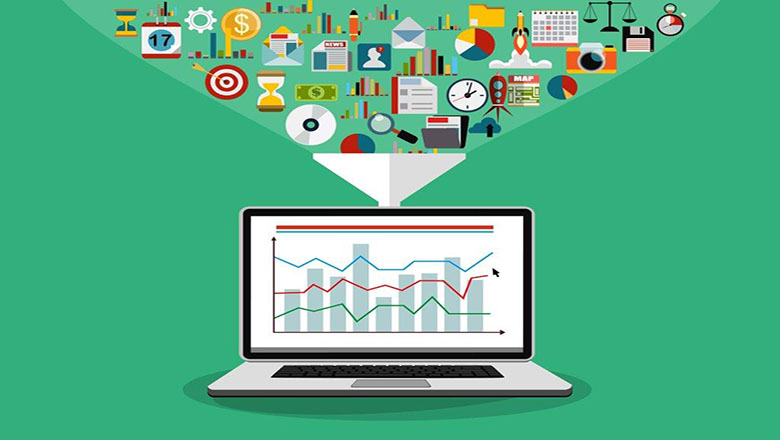The COVID 19 pandemic and subsequent lockdown altered a lot of activities and data collection is part of it. The pandemic does not render data redundant, on the other hand, more than ever before, data is of utmost importance, hence the discussion Data Collection during Covid-19.
Data is considered as any information, fact, or opinions gathered from an interview process. Quality data is obtained and derived from using an effective and sophisticated data collection technique. This quality and rich data are in turn used and explored for business decision-making purposes as well as policy formulation.
The process as well as the result counts in Market research, if the process is shabby the result/insight will be affected. There is no gainsaying that when the process of data collection is faulty or inadequate, it would result in a very poor and insufficient meaning.
Historically, the paper and pencil questionnaire mode of the interview has adopted for getting responses from respondents. However, using the paper and pencil method often introduces a lot of errors, pitfalls, and inconsistencies to the data collection process as well as the results. The magnitude includes but is not limited to outliers, impossibility to back-check, and difficulty in capturing interview location.
Getting the respondents comfortable enough for an interview or interrogation is another underlying reason that makes the interviewing process difficult and tedious to achieve through the Paper and Pencil method. There has been evidence from the literature that proved that certain people give very little and limited attention to a person who appears to be strange or unfamiliar to them.
As technology emerged and improvements became imperative, CATI (Computer Assisted Telephonic Interview) came into the scene, eradicating the errors of paper and pencil interviews. Then came 2020 and the COVID 19; More than ever before, the thinnest means of interaction for interviews was eroded by the virus forcing everyone to keep a distance from all forms of physical interactions, literarily.
Once again technology has come to our rescue with real-time video interactions through applications such as zoom and skype for online focus group discussions (FGDs) and CATI & CAWI for interviews. COVID 19 or not, some activities have to continue, companies still need to stay abreast of the activities of their customers as well as the changes the pandemic has brought upon and how it has altered daily operations. More than ever before, there is a need for data findings and market research, and research is still viable at this time.
Computer Assisted Telephone Interview is a mode of interview that fosters and improves the data collection process, especially at this time. This interview can be done in two ways; through software and telephone devices. Through the software, interviewers will be provided the scripted questionnaire that will be read from the system to respondents and contact will be made via the software where the response will be directly stored on the computer.
Alternatively, in this second method, a computer and telephone device will be provided separately. Interviewers will read the questions from the computer and at the same time speak with the respondent via telephone, the response received will be saved on the computer. This interview is conducted via telephone without any physical contact thus abiding by the COVID 19 little to no physical interaction policy.
Finally, computer Assisted Telephone Interviewing supports and encourages quick, effective, quality data that is transformed into valid, relevant, and insightful information businesses use for decision making.
The COVID 19 lockdown has restricted movement and has made the Fieldwork operation quite impossible, hence all field activities were put at a halt. Technology, however, made Data Collection during Covid-19 possible.
However, fieldwork sometimes transcends physical space, hence we moved online. We had zoom FGDs, more of CATI and CAWI, offline surveys were converted to online surveys as well as remote working for staff. The lockdown has been eased but precautions are still in place since the economy cannot be on COVID 19 lockdown forever. This has enabled Webhaptic take some measures that other market research agencies could also implement or are already implementing.
We are concerned about getting our job done excellently and at the same time concerned about the welfare of respondents, hence, we practiced measures like:
1. Social distancing of 6feets for our focus group discussions (FGDs)
2. CLTs are well spaced, and respondents are tested
3. Limiting the number of respondents for FGDs to 5 respondents per time.
4. Our CATI centers are well spaced to limit physical interactions of any kind.
5. Respondents are properly checked and sanitized before gaining access to the facilities
6. Members of Staff are required to wear face masks at all times as well as sanitize their hands at intervals. Physical interactions are limited unless there are no alternatives.
7. For our fieldwork, Interviewers, and supervisors are briefed not just on the project at hand but also on how to stay safe as well as maintain social distancing while interviewing respondents.


